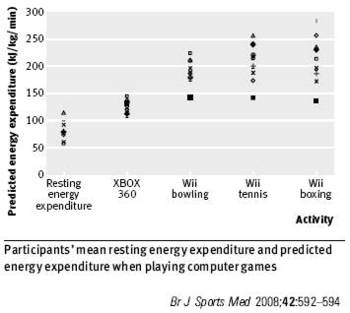 Direct Access Review:
Direct Access Review:
Direct access refers to the ability of a patient to access physical therapy services without a physician’s referral. Currently, over 40 states have some form of direct access. Each state’s interpretation of this is a bit different, ranging from states with almost no restrictions on direct access, to states where direct access exists by name only, not truly allowing physical therapist treatment for health problems. Insurance reimbursement for direct access physical therapy is variable with Medicare most notably not reimbursing for physical therapy unless a physician’s referral is in place.
The rationale for direct access is one of consumer choice, reduction of the physician gate-keeper role, reduced costs, and improved outcomes through improved access. Obviously, several parties are opponents to direct access, citing potential harm to patients and possible over-utilization of healthcare resources by physical therapists gone wild.
Is Direct Access Working?
When I was in school in the mid-late 90’s, quite a bit of direct access legislation was being pushed through state legislatures. As a student, I was very excited. What could be better than patient’s having easier access to my profession? And, why is a physician’s referral needed anyway if I’m learning all these examination and differential diagnosis skills? I looked forward to the day when the state I lived and practiced in approved direct access and I could really rock!
Well, that day has come and gone, and I must say, direct access to physical therapists has not made much difference. The vast majority of patients still come to physical therapists via physician referral. One study investigating direct access in Massachusetts found that only 8% of patients were being seen without a physician’s referral. The study cited practice limitations and lack of reimbursement as the primary reasons for this low number. I would also add lack of consumer awareness of direct access to this mix as well.
Though that study was from 1998, I would estimate that the numbers are still about the same. With such small numbers of patients using direct access, I doubt that any of the proposed benefits to cost, access, or outcomes are being realized.
APTA Vision Sentence for Physical Therapy 2020
"By 2020, physical therapy will be provided by physical therapists who
are doctors of physical therapy, recognized by consumers and other
health care professionals as the practitioners of choice to whom
consumers have direct access for the diagnosis of, interventions for,
and prevention of impairments, functional limitations, and disabilities
related to movement, function, and health."
That is the vision statement guiding the physical therapy profession into the future. Direct access is still a priority despite the lack of effect thus far. The reasons physical therapists support direct access are noble ones (cost, patient access, consumer choice, reduced burden on physicians). But why, if direct access provides a benefit to the healthcare system, has it not been more widely accepted and utilized? Why are the barriers still there?
Upcoming Posts:
Over the next two weeks we will look at several aspects of direct access, asking some pertinent questions and examining some interesting evidence. We will look at the case of a physical therapist from Philadelphia who is trying hard to expand direct access, and we will set forth some ideas about how, if it is justified, can direct access to physical therapists become more pervasive in today’s healthcare environment.
Let’s begin a public conversation about direct access.
ERIC








